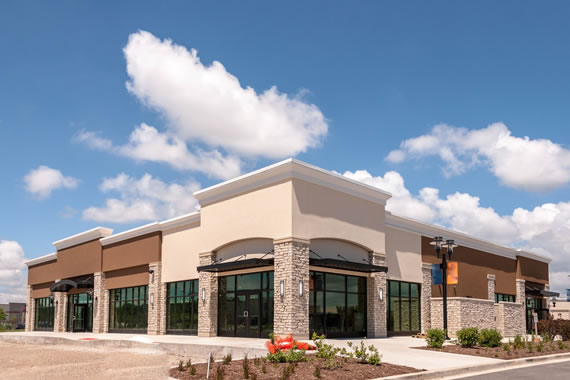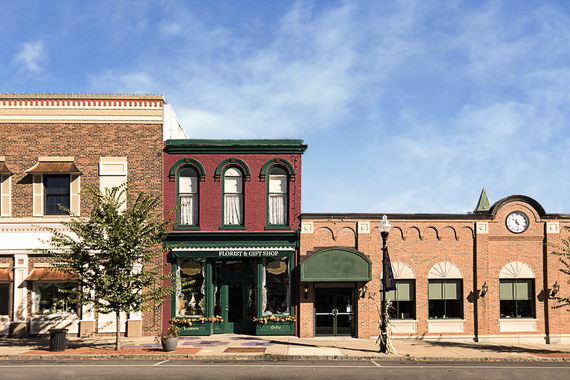Commercial Loan Portal
to 750 Commercial Lenders
This commercial mortgage portal allows you to apply to 750 commercial lenders in just four minutes. You simply input your loan request. The C-Loans® System will then screen out all of the unsuitable lenders and provide you with a list of 30 (or so) banks which are perfect for your particular request.
You can then call these banks, life companies, conduits, REIT’s or hard money lenders directly or submit your request electronically, six lenders at a time. And C-Loans® is FREE!


 Here’s that important concept:
Here’s that important concept: Here is something that will surprise you. Banks from Maine to Florida, to California, and to Hawaii generally have almost the exact same conventional commercial mortgage rates, terms, and programs. There is almost no price competition in banking. Banks move together like a giant herd. Moooo.
Here is something that will surprise you. Banks from Maine to Florida, to California, and to Hawaii generally have almost the exact same conventional commercial mortgage rates, terms, and programs. There is almost no price competition in banking. Banks move together like a giant herd. Moooo.